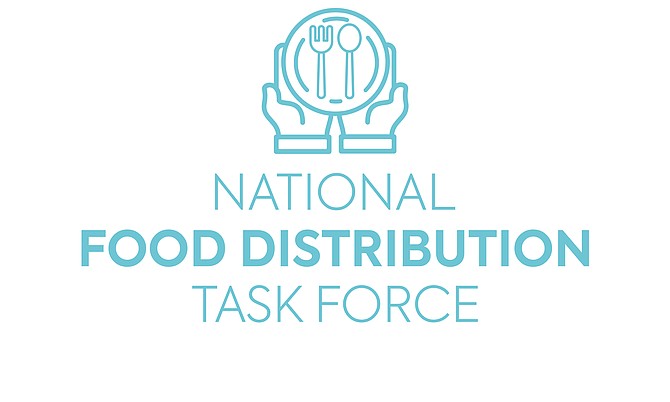By FARRAH JOHNSON
Tribune Staff Reporter
fjohnson@tribunemedia.net
BAHAMAS Feeding Network Executive Director Phillip Smith said he hopes the government will invest another $26m in the National Food Distribution Task Force’s programme so that the initiative could be extended to the end of September.
He said this figure would allow them to serve 25,000 families — or 100,000 people — every two weeks between April 1 and September 30.
The task force, which was created by the government last June, was established to render emergency food assistance to those most vulnerable during the coronavirus pandemic.
The programme was initially set to end in August of last year but was extended several times to assist those still largely impacted by the pandemic.
The third phase of the programme, which is scheduled to end this month, was said to be the final stage of the initiative.
However, Mr Smith believes the programme will be needed for “at least” another six months, as thousands of households are still grappling with economic hardships brought on by the pandemic.
Yesterday, he told The Tribune that while they remain hopeful, organisers will not know whether the government decides to extend the programme or phase it out until sometime this week.
“The monies that were provided take us to the end of this month, which is another week or so, so it is my understanding that we will hear something this week from the government as to whether they will extend it or not,” he said.
“But from my standpoint, I think we probably need to go at least until the end of September, because I would think (we would have to reach) the end of September before we really begin to see some normalcy coming back into play.”
To date, the government has invested a total of $36 million into the food assistance programme. The task force was granted $16m for the initial roll out of the initiative and another $10m for phase two. An additional $10m was allocated for the current third phase.
Mr Smith said food insecurity is still a real problem for many people.
“My calculation is that we will probably need $1m a week which would feed 25,000 families,” he said.
“So, we’re looking at $80 every two weeks and that includes a food parcel and then we have been giving a $20 meat voucher and then $60 in dry food. So, if you’re looking at $80 every two weeks, that’s $40 per week; $40 per week times 25,000 families gives us $1m per week. Twenty-five thousand families are 100,000 individuals. So that’s four persons on average per family, so you’re looking at 100,000 individuals which is a quarter of the population.”
The goal to assist 25,000 families is an increase from the task force’s current outreach, which is rendering aid to some 18,000 households, with an estimated 72,000 people receiving food packages or food vouchers.
Mr Smith said the task force would like to increase the number of households it helps if the programme gets a fourth phase, because several people that were removed from the list are still in dire need of assistance.
“What we found was that a number of persons that were taken off (the list) should not have been taken off,” he stated. “They were still vulnerable so one of the things we are doing is going throughout our zones, going to the houses and registering people. That is what we’ve been doing because the way it worked before, persons were asked to register on Rapid and I think what happened was that there were persons who were intimidated or didn’t have the equipment to register.”
The criteria for assistance from the task force includes unemployment with no or low benefits, chronic illnesses, infants and young children, elderly, housebound and those impacted by natural disasters.
Mr Smith said from his observation, several of the recipients of the food assistance programme were unemployed individuals who had “no way of providing for themselves”.
“I’m hoping that the government will provide $26m to take us to the end of September,” he insisted.
“What you find is that a lot of persons who have been taken off the list, they have been coming and sometimes it’s really tough in that we should only be servicing persons on the list because that’s all the money that would have been provided. Now we have a discretionary list, so I think probably we can service about five percent of the persons not on the list, but what we are finding is that a lot more are coming and we’re finding that there is still a very desperate need.”





Comments
Chucky 3 years, 1 month ago
Brilliant
26 million / 100,000 people is $260.00 each.
So $43 dollars each for 6 months
Or about $1.30 per person per day.
What are you gonna do give them each a bowl of rice a day?
Disgusting to say the least.
Sign in to comment
Or login with:
OpenID